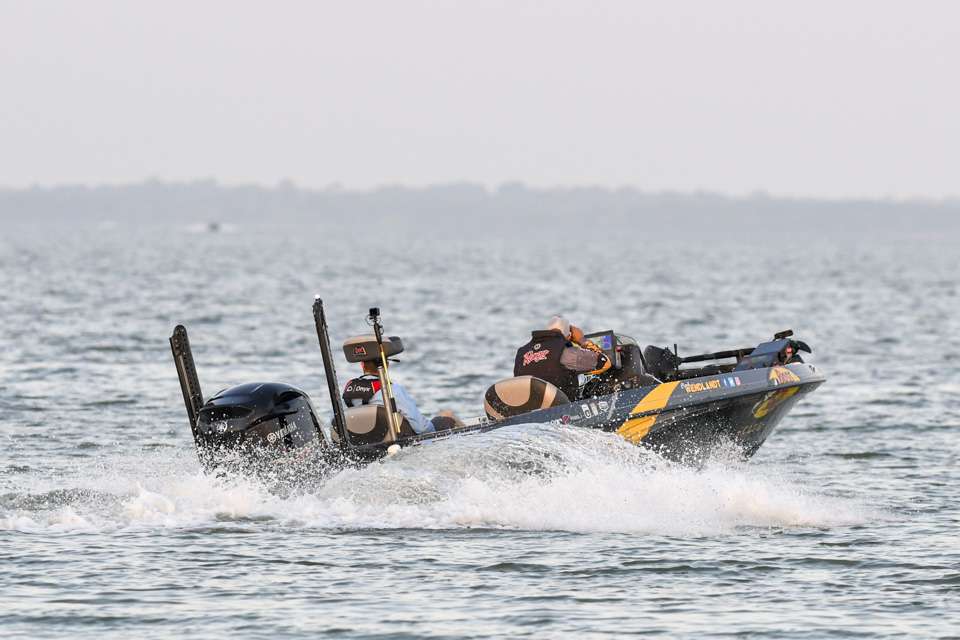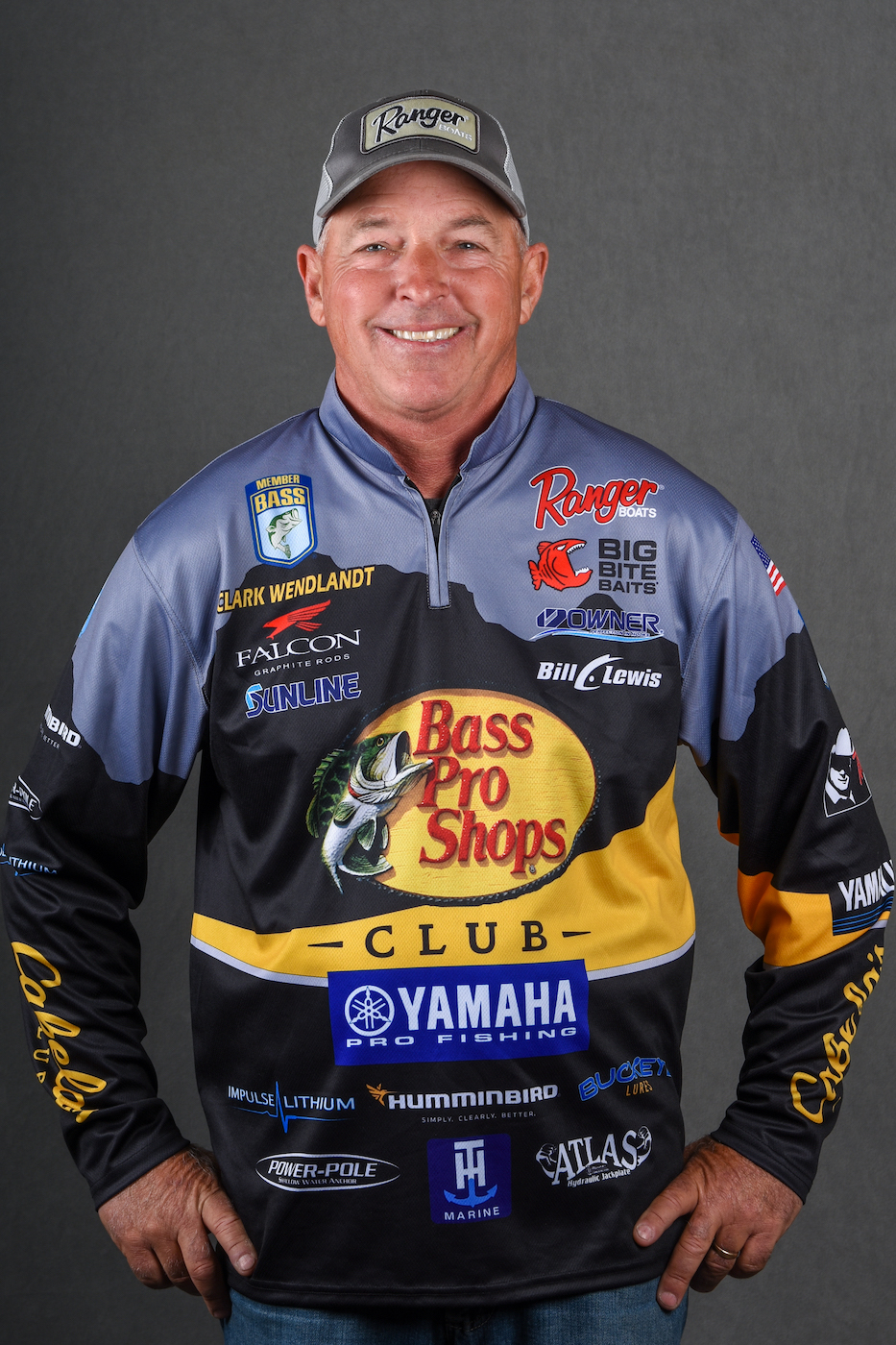
If you’re planning your first Florida fishing trip over the next couple of months, keep in mind that fishing for bass there is quite different than other areas of the country.
You will see that when two of the Bassmaster Elite Series tournaments are held there next month. It seems some of the same pros tend to do well there while others just don’t. I fall somewhere in between, having had good events and some bad ones.
First of all, it’s nearly always warm so the fish are more active and shallower than your fish back home this time of year.
That means you have to go with a different mindset and not be hung up on specific patterns that work on your local waters early in the year.
The fish are usually around shallow vegetation. That can be lily pads, eel grass reeds, mats or hydrilla, and all of that grass is cyclical. In other words, you can go there one year and find good grass to fish and go back to the same spot the next year and it’s gone.
If you’re a deep-water angler and prefer to fish away from the bank, you can catch bass in 5 to 15 feet over shell beds, but man, those places can be hard to find. Sometimes birds can clue you in as those hard spots attract baitfish that the birds feed on, and of course, bass.
The water clarity can fool you too. Most of the time it has a black, tannic look, but it’s clearer than you think. It’s a clarity you don’t see in many places.
You can catch them on moving baits, but soft plastics are king. When I fish in Florida, I always have one or two rods rigged for flipping. That’s a technique that rules because the bass like to set up around the grass. Topwaters and lipless baits can be fun as well.
Here’s another oddity: While green pumpkin plastics work well about everywhere in the country, that is not the case in Florida. Down there, you need to fish June bug, bright blues and bright purples. For some reason, that’s what they bite.
Because it’s warm most of the time, a cold front can really shut down the fishing. The Florida strain of bass is more susceptible to frontal conditions than the northern bass.
Given the lakes’ shallow nature, any decent fall of air temperature affects the water where those bass live, and they don’t want to bite. You can catch them, but you have to really slow down and work extra hard.
That’s why I suggest you watch the weather patterns and temperatures before you go so you know the norm and can recognize a cold front when you get there. Remember, coming out of the North may make you think it’s warm, but you have to think about what’s going on with the fish.
And here’s another tip: You may encounter guys catching big bass on shiner minnows near where you fish. If you’re strictly a lure fisherman, you might as well move to another spot. Those fish are focused on big minnows; I’ve fished around a lot of shiner fishermen with lures and have never been able to get a good bite.
Make no mistake about it, Florida lakes have big fish. I’ve caught a couple of 10s when practicing for a tournament and have weighed in four or five over 8 pounds during tournaments.
Big fish and warm weather attract tourist anglers to Florida, but the lakes have all sizes of bass. On the other hand, you always have a chance of catching a giant providing you go there with a Florida-like approach.





